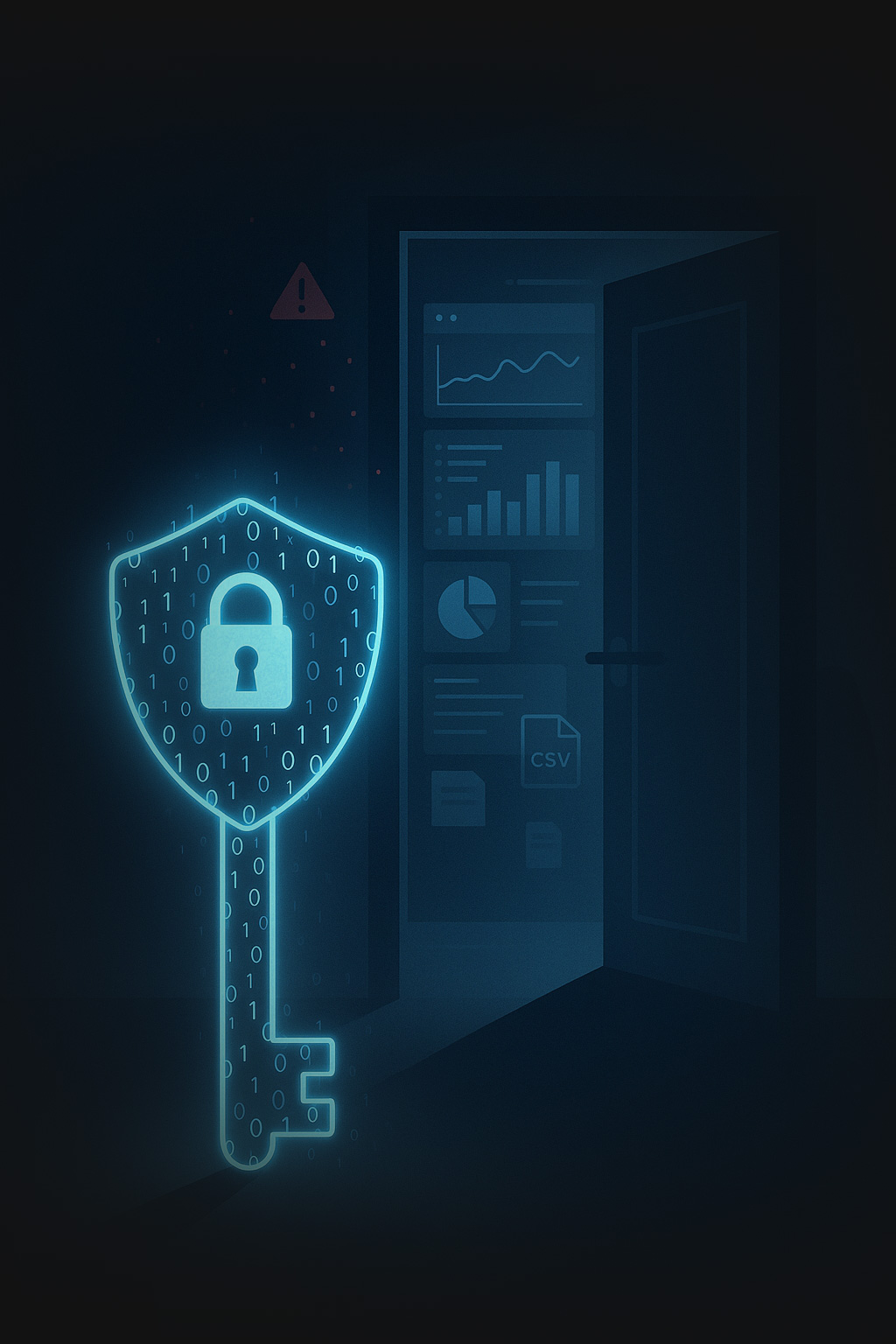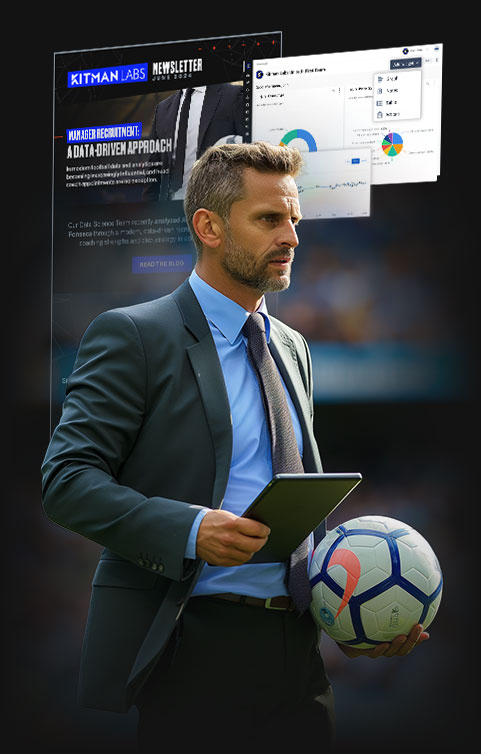Recent headlines across the world of sport have pushed data security into the spotlight—and rightly so. As more athlete, medical, and performance data is digitized, the stakes have never been higher. Yet, many organizations selecting technology partners still focus exclusively on one narrow dimension of protection: regulatory compliance.
In today’s landscape, security compliance is a starting point, not a holistic data protection strategy.
The Reality Behind Most Breaches
Despite the headlines, security breaches are not a new story. The majority of data breaches can be traced back to a familiar set of root causes:
- Credential compromise — Attackers reuse leaked usernames and passwords, often succeeding where multi-factor authentication (MFA) is not enforced.
- Insider threats — Familiarity with systems and poor internal controls can lead to undetected exploits from within.
- Vendor vulnerabilities — Weak architectural security, outdated cryptography, and limited access governance make some vendors soft targets.
- Privilege mismanagement — Over-permissioned accounts and inactive user access can enable sweeping visibility without alarms.
- Lack of monitoring — Weak behavioral analytics mean threats go undetected, sometimes for years.
These aren’t exotic, advanced threats. They’re predictable, preventable failures of architecture, access, and oversight. And they persist because vendors fail to invest in the structural depth required to keep systems secure.
How Breaches Happen: The Path of Least Resistance
 Breaches often begin with credential reuse—passwords previously exposed elsewhere. Without MFA, those credentials are a skeleton key to sensitive systems. Once inside, attackers exploit over-permissioned accounts, outdated access controls, and the ability to download massive volumes of data without triggering alarms. Exporting data in formats like CSV or Excel, without limits or monitoring, makes it even easier to exfiltrate sensitive information.
Breaches often begin with credential reuse—passwords previously exposed elsewhere. Without MFA, those credentials are a skeleton key to sensitive systems. Once inside, attackers exploit over-permissioned accounts, outdated access controls, and the ability to download massive volumes of data without triggering alarms. Exporting data in formats like CSV or Excel, without limits or monitoring, makes it even easier to exfiltrate sensitive information.
Combine that with poor user deprovisioning or dormant accounts left active, and the vulnerabilities multiply. Social engineering and phishing often add another layer of risk, especially when vendors lack robust identity verification or anomaly detection. Whether from negligence or malicious intent, insider involvement can’t be ruled out. The bottom line is that breaches happen not because of a single failure but because of a pattern of overlooked risks, weak architecture, and insufficient governance.
What Organizations Must Do
Security must be systemic, layered, and continuously evolving. To protect athlete data, medical records, and performance systems, sports organizations should:
1. Emphasize Robust Vendor Management
Hold vendors accountable for more than claims. Ensure they demonstrate security maturity, with strong architectural controls and validated practices.
2. Demand Independent Verification
Don’t stop at regulatory logos. Look for third-party certifications like ISO 27001, ISO 27701, or SOC 2. These signal operationalized best practices, not just documented intent.
3. Enforce Multi-Factor Authentication (MFA)
Passwords alone aren’t enough. MFA should be mandatory across all user types, reducing the risk even if credentials are compromised.
4. Educate and Train Continuously
Regular security training is critical for staff, coaches, and athletes alike. Teach users to spot phishing attempts, create strong credentials, and understand what’s at stake.
5. Conduct Regular Audits
Monitor access privileges, identify dormant accounts, and adjust roles as responsibilities change. The principle of least privilege must be actively maintained.
The True Cost of Security—and Why It’s Worth It
It’s tempting to assume that all vendors take security seriously. But depth matters. Security maturity doesn’t come cheap. It requires a robust approach to considering data privacy and security across all aspects of your business that can often be addressed with a comprehensive Information Security Management System (ISMS) and Privacy Information Management System (PIMS). Regardless of the system selected, the approach must contemplate organizational policies and procedures, supplier management, legal compliance, hiring and training, physical access control, equipment management, myriad technology best practices around cryptography and access control, mature approach to the software development lifecycle, skilled personnel, ongoing investment and contracts outlining all of this with you. Smaller or less professional vendors may appear cost-effective, but often cut corners on architecture, governance, and independent oversight.
A strong ISMS aligned with ISO standards is more than a checklist—it’s a proven framework that ensures attention to detail, cross-functional collaboration, and consistent execution. These systems hold vendors accountable through third-party validation, not just marketing claims. Just as importantly, the threat landscape is constantly evolving. Security isn’t static. It requires expertise, agility, and the ability to adapt continuously to new vectors and techniques.
Security Is a Choice—Make the Right One
Choosing a vendor prioritizing security isn’t just smart—it’s essential. In an environment where breaches can compromise not only data but trust, organizations must ask the hard questions:
- Is this vendor compliant or secure?
- Can they prove it, not just claim it?
- Are they investing in prevention, or hoping for the best?
At Kitman Labs, Security is woven into the foundation of our technology, culture, and operations. Contact us to learn more about our approach to security, data privacy, and protecting your most valuable information.




